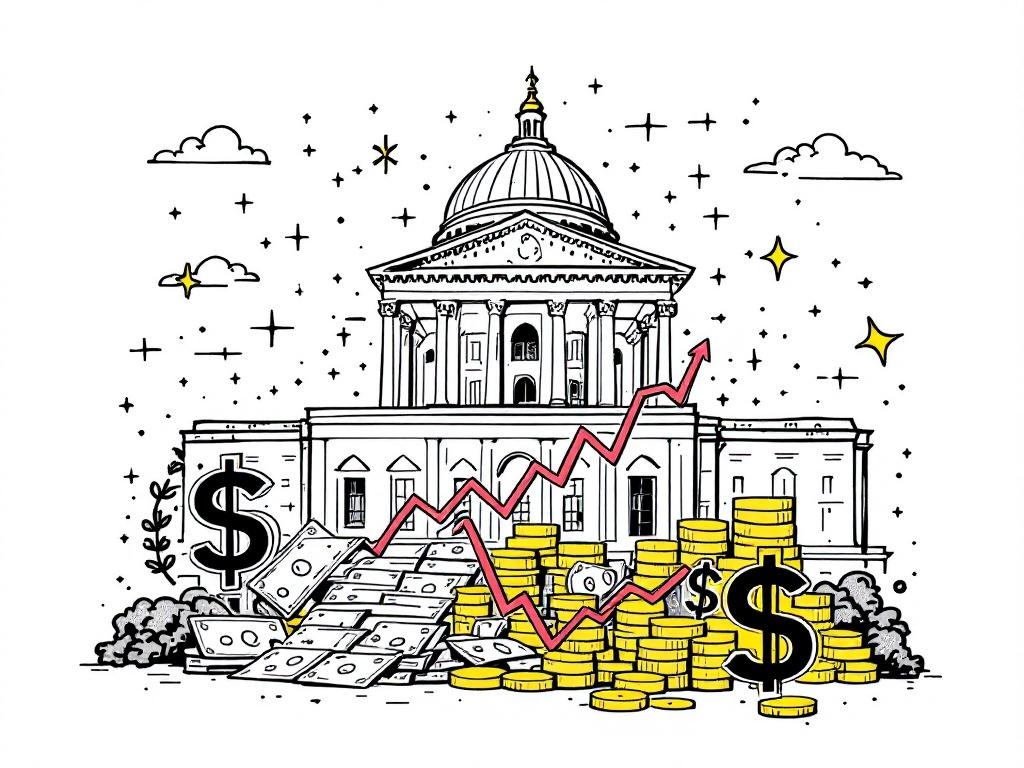Government Shutdown Stalls Critical Economic Data Collection

Washington, D.C., Monday, 27 October 2025.
The ongoing government shutdown, starting on October 1, 2025, has halted the collection of crucial economic data, impacting job statistics and GDP tracking, raising concerns over economic transparency.
The Impact on Economic Data Collection
The U.S. government shutdown, which began on October 1, 2025, has significantly disrupted the collection and dissemination of vital economic data. This includes job statistics and GDP tracking, which are crucial for economic planning and forecasting. The Bureau of Labor Statistics (BLS) has been unable to release the September employment report, and no data for October has been collected, leaving the unemployment rate and job creation metrics in limbo [1][2].
Consequences for Policymakers and Businesses
The absence of timely economic data is causing substantial challenges for businesses and policymakers. These stakeholders rely heavily on accurate and current data for making informed decisions. The lack of transparency and reliability in economic indicators due to the shutdown could result in misguided strategies, potentially hindering the economy’s recovery amid ongoing challenges [1][3].
Broader Economic Implications
In addition to job statistics, other critical areas such as public health and agricultural data have also been affected. The USDA’s agricultural reports and the weekly updates on public health data, including flu, RSV, and COVID-19 statistics, have been suspended. This lack of data affects local governments, healthcare providers, and farmers who depend on this information for operational and strategic planning [1][3].
Future Outlook and Potential Resolutions
As the shutdown continues into its fourth week, there are growing concerns about its long-term impacts on economic forecasting. The delay in releasing key economic indicators such as the GDP report could further exacerbate economic uncertainty. Analysts emphasize the need for a swift resolution to restore transparency and ensure the reliability of economic data moving forward [1][4].